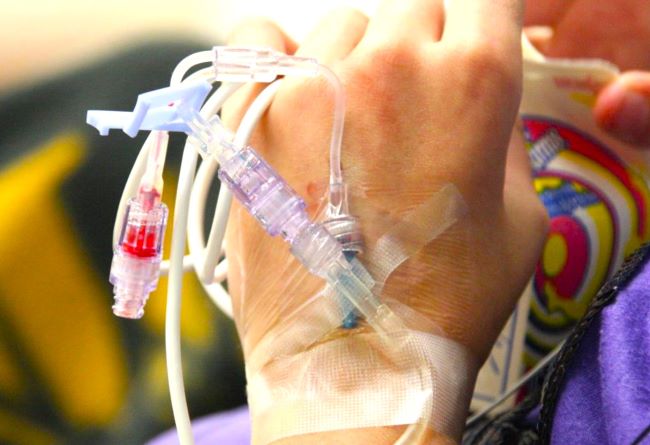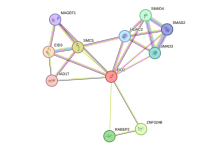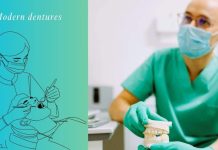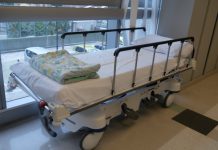As a drug-based chemotherapy treatment, it is usually taken either orally or by injection.
Chemotherapy is currently given in various complex formula combinations known as “chemo-cocktails.” Chemotherapy can offer partial or temporary remission of certain types of cancer. However, research has shown that these are generally uncommon forms of cancer.
- Hairy-cell leukemia
- acute lymphoblastic leukemia: 90% remission
- acute lymphocytic leukemia
- Burkitts lymphoma: 50% remission
- juvenile laryngeal papillomatosis
- choriocarcinoma: 75–80% remission
- Ewing’s sarcoma
- Osteogenic sarcoma
- Rhabdomyosarcoma
- neuroblastoma
- Hodgkin’s disease
- ovarian cancer
- testicular cancer
THE HISTORY OF CHEMOTHERAPY
Western medical treatment with chemotherapy originated after World War I when research on “mustard gas” (cyclophosphamide) was found to have the ability to kill living cells; in particular, those cells that rapidly divided (such as the cells living within the intestinal tract, Bone Marrow and lymph system). Doctors of Western medicine developed the idea that they could use mustard gas to “poison” cancer, and chemotherapy was invented. According to Dr. Gerald B. Dermer, the reason that chemotherapy is so toxic is that many of the drugs still used today to treat cancer are extensions of the mustard gas formulas.
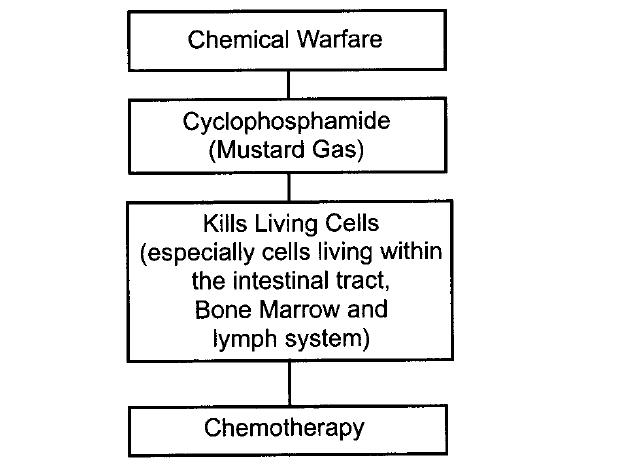
QUESTIONING CHEMOTHERAPY
There are no known chemicals that destroy cancer cells exclusively without harming the body’s normal cells. Additionally, the most common forms of cancer (breast, Lung, and colon) generally do not respond to primary treatment with chemotherapy. According to research, chemotherapy is not very effective when used against larger tumors that have metastasized. Its greatest success has been against smaller tumors that have recently formed
Chemotherapy poisons many of the body’s normal tissues and cells, especially the rapidly dividing cells of the Bone Marrow, intestinal wall, and hair follicles. Bone Marrow is the foundation of the body’s immune system (preventing infections and combating the spread of cancer), chemotherapy is often accompanied by destroying the patient’s immune system. This, in turn, can create blood deficiency diseases within the patient’s body (leukopenia, thrombocytopenia, and aplastic anemia), giving rise to massive, uncontrollable secondary infections. (Research shows that there is an increased incidence of secondary tumor formation occurring in patients who have been “cured” by chemotherapy.
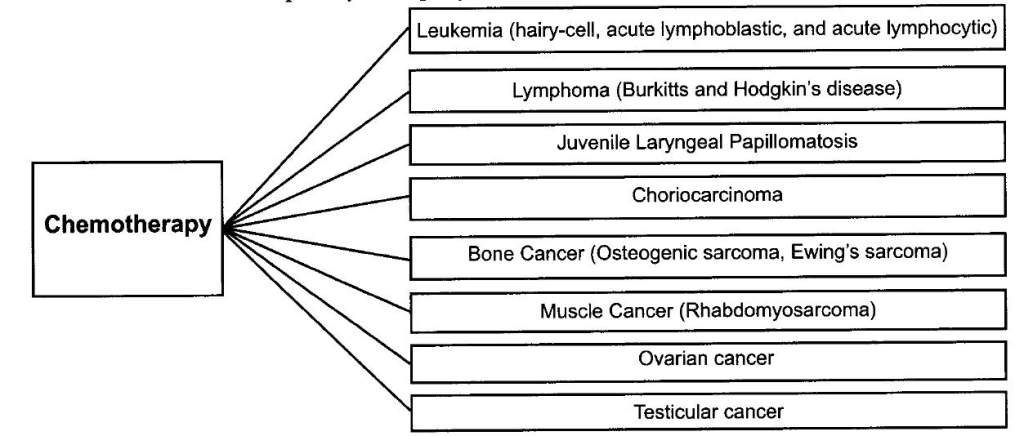
When radiation therapy is also combined with chemotherapy, the incidence of these secondary tumor formations is approximately 25 times the expected rate. It is believed that since both radiation and chemotherapy suppress the body’s immune system, it becomes possible for the new tumors to grow without resistance. Due to the differences in chemical toxicity, and individual sensitivity and tolerance, reactions to chemotherapy can vary from patient to patient. Some patients may have no response to the chemicals (at first), while others may have devastating experiences, with serious reactions after receiving only one or two regular therapeutic doses.
With the use of chemotherapy, chemical reactions cannot be avoided and should never be left untreated, otherwise, the patient’s condition can deteriorate.
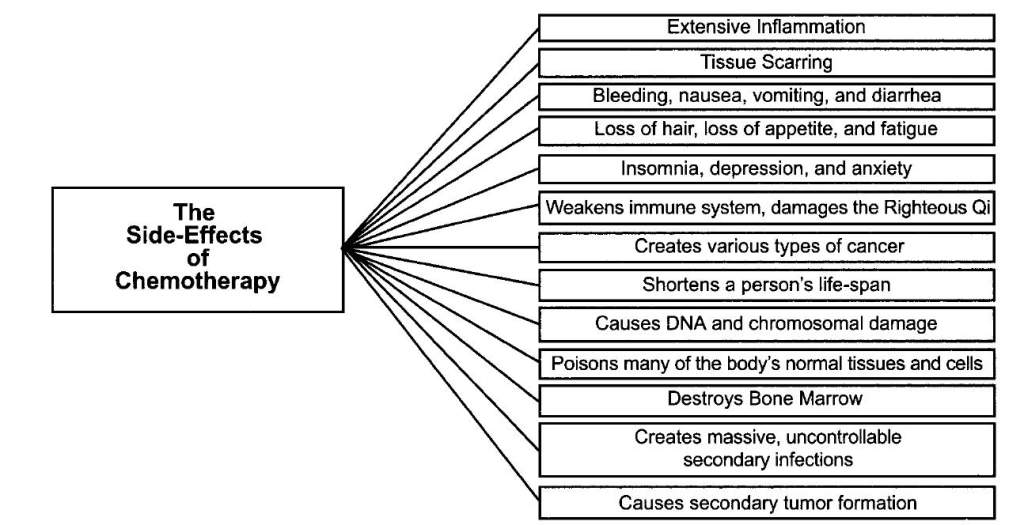
THE TREATMENT OF CHEMICAL ANTICARCINOGENS
Chemical anti-carcinogens are not effective on all cancers. They can, however, aid in controlling and destroying some of the cancer cells that have metastasized throughout the entire body. Chemotherapy is a killing agent that does not distinguish between the body’s normal cells and the toxic cancer cells. Therefore, it inhibits hematopoietic organs and decreases leucocyte circulation, weakening the body’s immune system and, in most cases, creating more health problems for the patient. Of the approximately 180 types of chemical anti-carcinogens available at the time of this printing, more than 80 are applied formally in clinical treatment. Anti-carcinogens are divided into six types according to different chemical protocols and are described as follows:
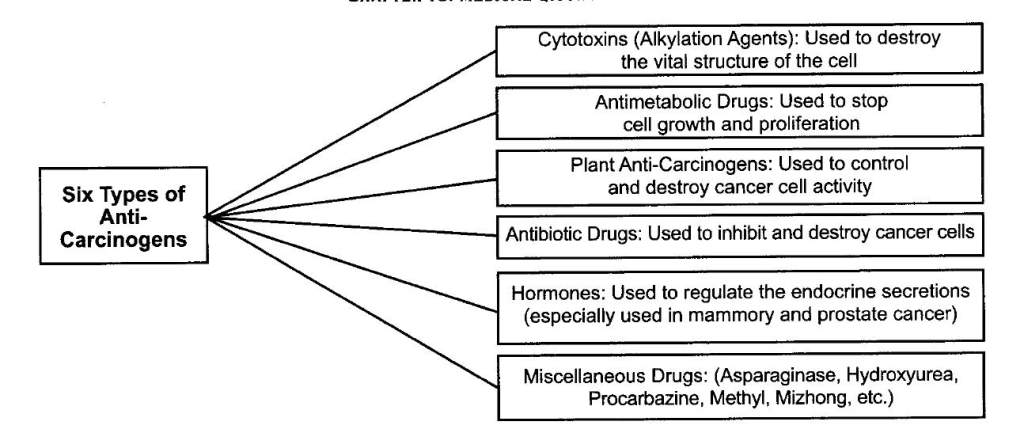
- Cytotoxins (Alkylation Agents): The purpose of prescribing cytotoxins is to destroy the vital structure within the cell, thus destroying the cancer cells. The most common chemicals used are cyclophosphamide, Nformyl sarclysine, nitrogen mustard, thiotepa, etc.
- Antimetabolic Drugs: The purpose of prescribing antimetabolic drugs is to stop certain chemical reactions in the cancer cells and to prevent them from growing and proliferating. The most common medicines used are FU, MTX, 6-MP, etc.
- Plant Anti-Carcinogens: The purpose of prescribing plant anti-carcinogens is to control and destroy the cancer cells’ vital activity. The most common drugs used are camptothecine, colchicine, curcumol, curdione, demecolcine, harringtonine, homoharringtonine, monocrotaline, vinblastine, vincristine, etc.
- Antibiotic Drugs: The purpose of prescribing antibiotic drugs is to inhibit and destroy cancer cells. The most common drugs used are adriamycin, bieomycin, mithramycin, mitomycin, etc.
- Hormones: The purpose of prescribing hormones is to regulate the patient’s endocrine secretions. The balancing of the endocrine secretions helps to cure certain types of cancer. For example:
- Breast cancer is sometimes associated with the overproduction of estrogen; one effective treatment is to have the patient ingest the male hormone testosterone propionate.
- Prostate cancer is sometimes associated with the over-production of testosterone; one effective treatment is to have the patient ingest the female hormone estrogen, stil bestrol.
- Miscellaneous Drugs: Some anti-carcinogens are difficult to classify according to their functions and sources. Some examples of these medicines are asparaginase, hydroxyurea, procarbazine, methyl, mizhong, etc.
CANCER THAT IS RESISTANT TO CHEMOTHERAPY
Current research has shown that after receiving chemotherapy, there is an increase in gene mutation and a decrease in DNA repair and stability. According to Dr. Stephen M. Sagar, if one cell line succumbs to chemotherapy, then another cell line with different characteristics can mutate and adapt to the new condition established within the host. This is why chemotherapy is usually based on the rapid cycling of various toxic drugs in an attempt to keep up with the cancer’s ability to adapt and resist.
MEDICAL QIGONG THERAPY AND CHEMOTHERAPY
Most forms of chemotherapy are cell-killing agents that damage the body’s Righteous Qi and DNA, and actively injure dividing cells, including those of the body’s immune system. Chemotherapy, in many cases, is ineffective. The use of chemotherapy to treat a patient with cancer can be compared to napalming a village to kill a rat infestation. Although most rats are killed, the living quarters, water, soil, and food supply are also destroyed. Both radiation and chemotherapy create Toxic Heat within the patient’s body, damaging the body’s Qi, Blood, Yin, and Body Fluids. According to traditional Chinese medicine, the tissue damage after chemotherapy is extremely extensive due to the tremendous invasion of toxic heat.
Read More: Hospice – what is it? When should to stop mesothelioma treatment?
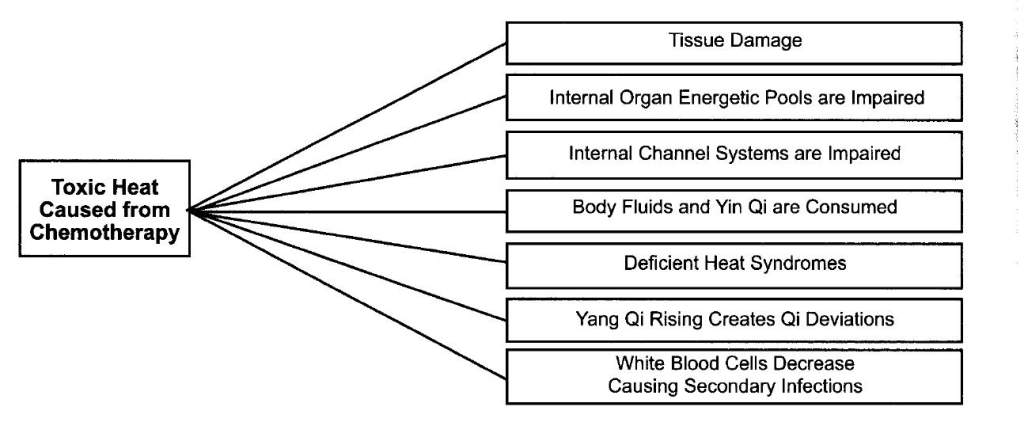
- Radiation therapy can cause the patient to develop hypoplastic anemia, dry eyes, dry mouth (xerostomia), trismus (lockjaw), and skin burns causing ulcerations.
- Chemotherapy can cause the patient to develop infections, bleeding, nausea, vomiting, and diarrhea. The patient easily becomes fatigued and develops a reduced appetite due to Spleen and Kidney deficiencies.
The tissue damage after chemotherapy is extensive: the patient’s internal organ pools and internal channel systems are impaired; the patient’s body fluids and Yin Qi are consumed, causing Deficient Heat Syndromes; Yang Qi rising creates Qi Deviations; and the patient’s white blood cells decrease, causing secondary infections. Unlike radiation therapy, which is generally isolated to specific areas of the patient’s body, chemotherapy affects all of the body’s internal organs. The effects of chemotherapy can be likened to the results of a severe internal fire that scars the tissues and melts the energetic tissue patterns.
